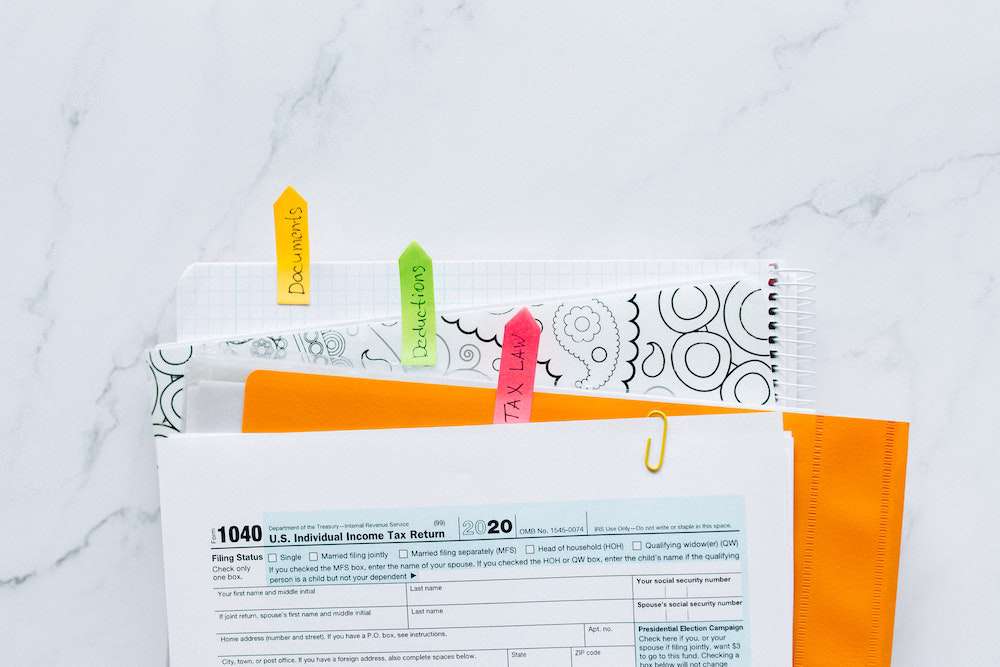Developing A New Product? Don’t Neglect This Essential First Step

Udit, an entrepreneur from Western North Carolina, asked us this question:
“I need to define my product but am getting bogged down in the details. How do I make my product definition clear and concise?”
Thanks for reaching out, Udit! It’s incredibly valuable to be able to define your product on paper clearly — not only for yourself but for potential investors and customers.
There are two paths to take when it comes to answering this question:
- Value Proposition: How does your product or service make customers’ lives better?
- Product Development: How will you create and take your product or service to market?
Value Proposition
A value proposition is the primary reason a prospect should buy your product.
Take note: You need to figure out your value proposition before you further develop your product. Why? Because it’s a rookie mistake to assume you know your product will help certain customers. If you assume this without any real evidence — like talking to prospective customers about your idea — your product will likely fall flat.
So how exactly do you define your value proposition? Every great value proposition follows three simple steps:
- Define the problem.
- Introduce a solution and describe the value.
- Prove why your solution is better than others.
This structure may seem simple, but it’s also crucial to get it right. For example: If you go out of order and begin by talking about the solution your product offers, your value proposition won’t resonate with your audience because you haven’t identified the problem yet.
But what problems should you focus on? Focus on the ones that:
- Are Big: The degree, extent, or importance of the problem is significant.
- Have High Consequences: Which means that not solving the problem is unfavorable.
- Are Worth Solving Now: The benefit of solving the problem quickly is preferable to not solving it.
And — we’ve saved the most important for last — problems that:
- You actually have the best solution for: Meaning your solution will work and is more valuable than others.
Put all of these pieces together, and you’ve got a value proposition that is relevant, valuable, and will stand out among your competition.

Product Development
During the product development stage, you’re able to define your product as you get it ready to take to market. Product development can be broken down into several stages, including:
- Ideation: Many of the best ideas result from asking questions about existing products and finding ways to solve the problems they’re solving in a better way.
- (You’ve already completed this step if you’ve found your value proposition.)
- Research: Validate your product idea through surveys, crowdfunding campaigns, etc.
- (You’ve already completed this step if you’ve found your value proposition.)
- Planning: Sketch out what your product will look like in order to help you see all the moving pieces involved.
- Prototyping: Create a finished product to use as a sample.
- Sourcing: Start gathering the materials needed and securing the right partners to help you manufacture your product.
- Costing: Take all the information you’ve gathered and add up what your cost of goods sold will be to determine the best price for your product.
All that’s left to do is get started! Define the problem you’re solving, introduce the solution your product provides, and prove why your product’s solution is superior to everyone else’s. It’s as simple as that.
Share this Question!
Want to write an article for our website? Learn more and submit a guest blog here.


